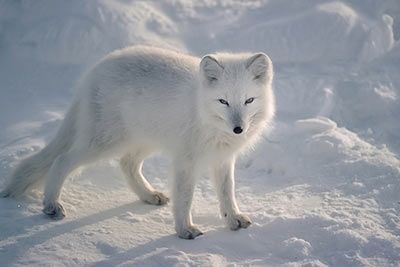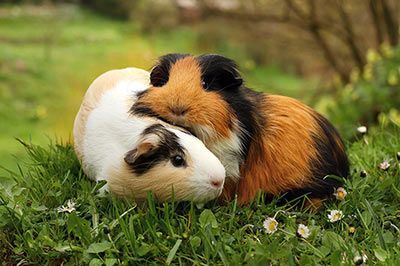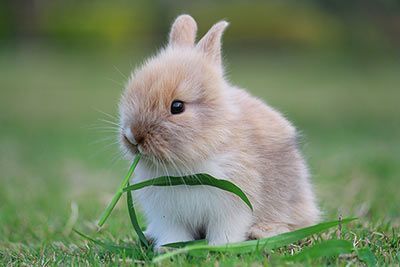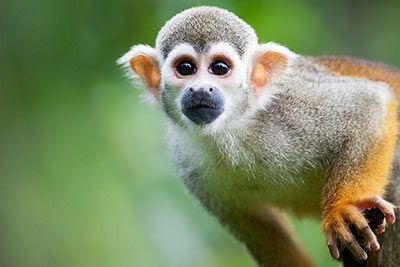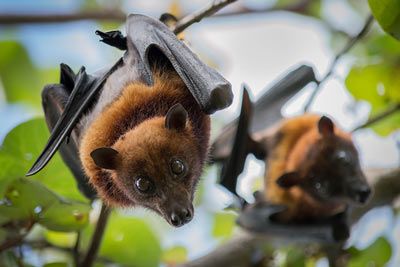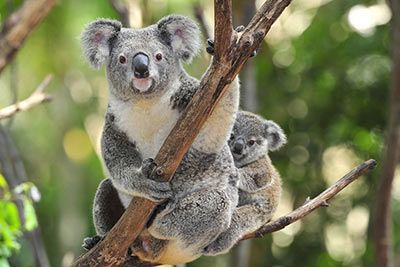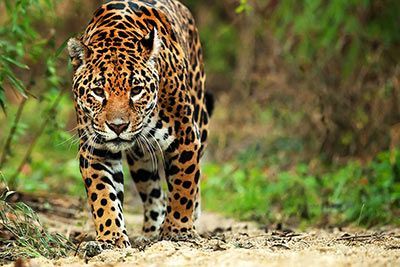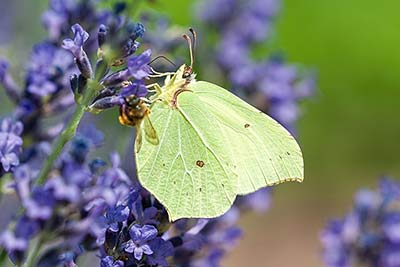Red Panda
Red Panda / Lesser Panda Facts
| Size | Up to 25 in (64 cm) |
| Speed | Up to 24 mph (38 km/h) |
| Weight | 10-14 lb (4.5-6 kg) |
| Lifespan | 8-10 years |
| Food | Bamboo, birds, lizards, insects |
| Predators | Snow leopards, martens |
| Habitat | Nepal, Burma, China |
| Order | Carnivore |
| Family | Ailuridae |
| Scientific name | Ailurus fulgens |
| Characteristics | Red fur, long bushy tail |
Main Characteristics
Red pandas are predators. They are about as tall and as heavy as a really big, fat cat. They inhabit the forests of the Himalaya, from Nepal over Burma all the way to China. They spend a lot of time on trees where they eat bamboo, rest and sleep.
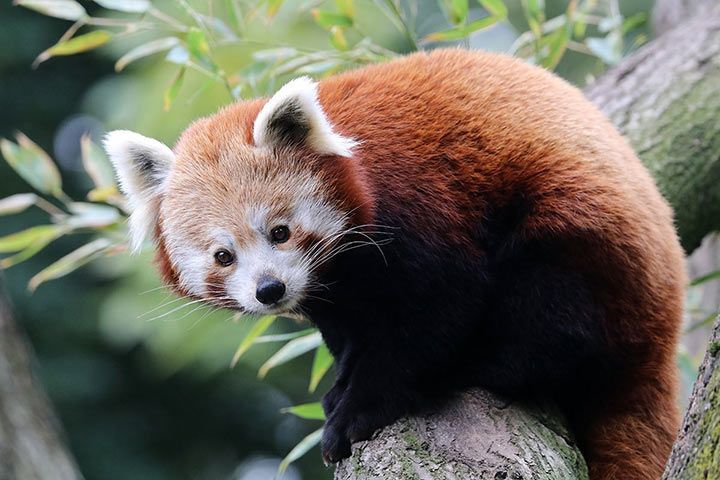
Species
What Kind of Animal Is the Red Panda?
Biologists still hold differing views: Is the red panda really a genuine panda? It shares its habitat with the giant panda it also likes to eat bamboo and has an extra thumb for climbing just like its bigger "cousin". Or is it just a kind of raccoon? Its ringed tail and its bodily frame look very similar. Or is it a cat? The red panda is often also called red cat-bear. Biologists have not yet been able to pigeon-hole the red panda, and thus have categorized it as a member of the family of "Ailuridae".
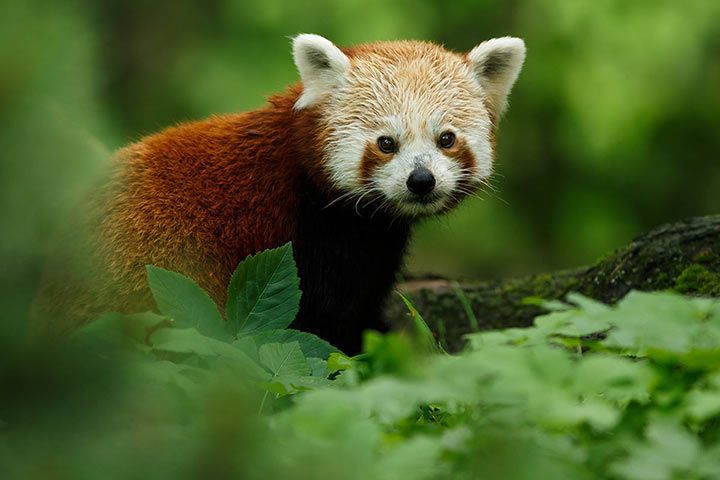
Anatomy and Appearance
Red Color
Between the green bamboo plants, the red fur does not seem to be the optimal camouflage. Yet, the trees on which the red panda spends its live are often overgrown with red mosses and lichens.
Bushy Tail
The tail of the red panda can be as long as the animal itself: up to 24 inch (60 cm)! The panda cannot use it to hold on to branches, but it helps not to lose balance. When taking a nap, the panda protects its face with its tail and uses it just like a sleep mask.
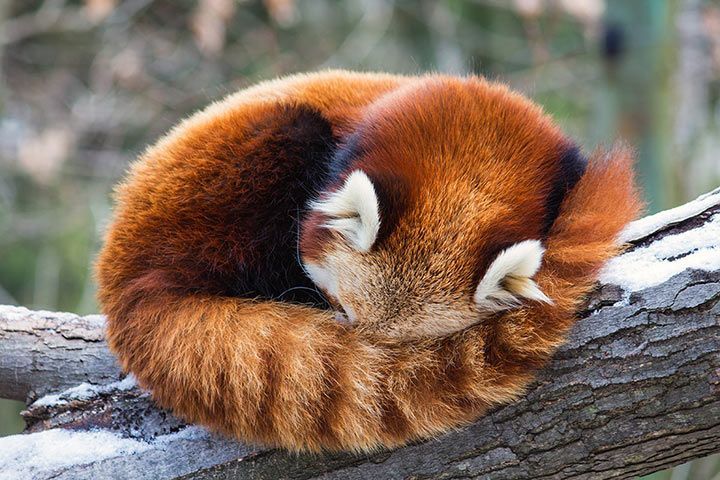
Diet
Red pandas spend 13 hours per day with looking for bamboo and eating. They put away about 2-4 pounds (1-2 kg), which is approximately 20-30% of their own weight (a little more than 13 pounds; 6 kg). So a human weighing 130 pounds (60 kg) would have to shove 26-40 pounds (12-18 kg) of food in its mouth!
Behavior
They Use Their Paws to Drink
If the red panda is thirsty, it dips its paw into the water and licks the water off.
Senses and Abilities
Speed
Red pandas can run up to 24 mph (38 km/h) on short distances.
Sounds
You might think that the Red Panda would growl like a bear, but no, the little redhead whistles and twitters like a bird. Funny, isn’t it?
Life Expectancy
In their natural habitat, red pandas reach an age of 8-10 years. At the zoo, they get a little bit older, up to 15 years.
Enemies and Threats
Predators of the Red Panda mainly include snow leopards and martens.
Fun Facts
Where Does the Name Come From?
Originally, „panda“ is a Nepalese word and means „bamboo eater“.
Who Was First, Giant Panda or Red Panda?
The red panda was described for the first time in 1821, 48 years before the giant panda was first mentioned in scientific documents.
Firefox Web Browser
In order to navigate through the internet, you need a web browser which enables you to enter web addresses (= URLs). Most people use Google Chrome, Internet Explorer, and Firefox. Firefox is named after the red panda (in China the little animal of prey is also called "firefox").
The Red Panda Is Related To:
Animals in the Same Biome:
- Watch Now on animalfunfacts.net:
 Endangered Animal Species
Endangered Animal Species Animal Eating Habits
Animal Eating Habits













